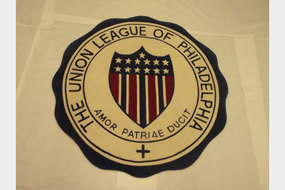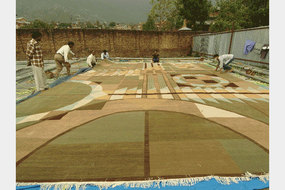Maloumian Oriental Rugs
Business Hours
About
We will pay the sales tax portion of the bill for our cleaning services! We have been in the Oriental Rug business since 1927. We've earned our repuataion as the Philadelphia area's "Trusted Oriental Rug Authority."
The first date that an Oriental rug was woven is unknown. In 1949, a Russian archaeological expedition to the Altai Mountains in southern Siberia excavated a royal burial mound that contained a miraculously preserved frozen carpet, Known as the Pazyryk carpet, it was used as a saddle cover for a horse. The Pazyrk carpet dates from the 4th or 5th century B.C. and is the earliest-known surviving example of a hand-knotted carpet.
The technique of knotting carpets was begun by the nomadic tribes of Central Asia. These tribes produced small rugs typically decorated with geometric motifs inspired by plant and animal forms. The nomadic rugs were both decorative and utilitarian, serving as floor covers, wall hangings, curtains and saddlebags. The wandering nomads are credited with spreading the art of carpet-making to new lands and peoples.
It was primarily through Italian merchants that the Oriental rug became recognized and valued in Europe. Venice established itself as a major trader with the East. Venetians spread Oriental rugs along their narrow streets, hung the rugs from windows and used them to decorate their gondolas.
By the early 16th century, Oriental rug collections could be found in the great courts of Europe. Europeans lost interest in Oriental rugs during the 17th and 18th centuries. After the great exhibition of 1891 in Vienna, Europeans had renewed enthusiasm for Oriental carpets. Americans soon followed suit. Western importers began asking the carpet-makers to modify dimensions, and sometimes color and design, to satisfy the tastes of Europe and the Americas. Interest and demand for Oriental rugs continues to grow through the 21st century.





